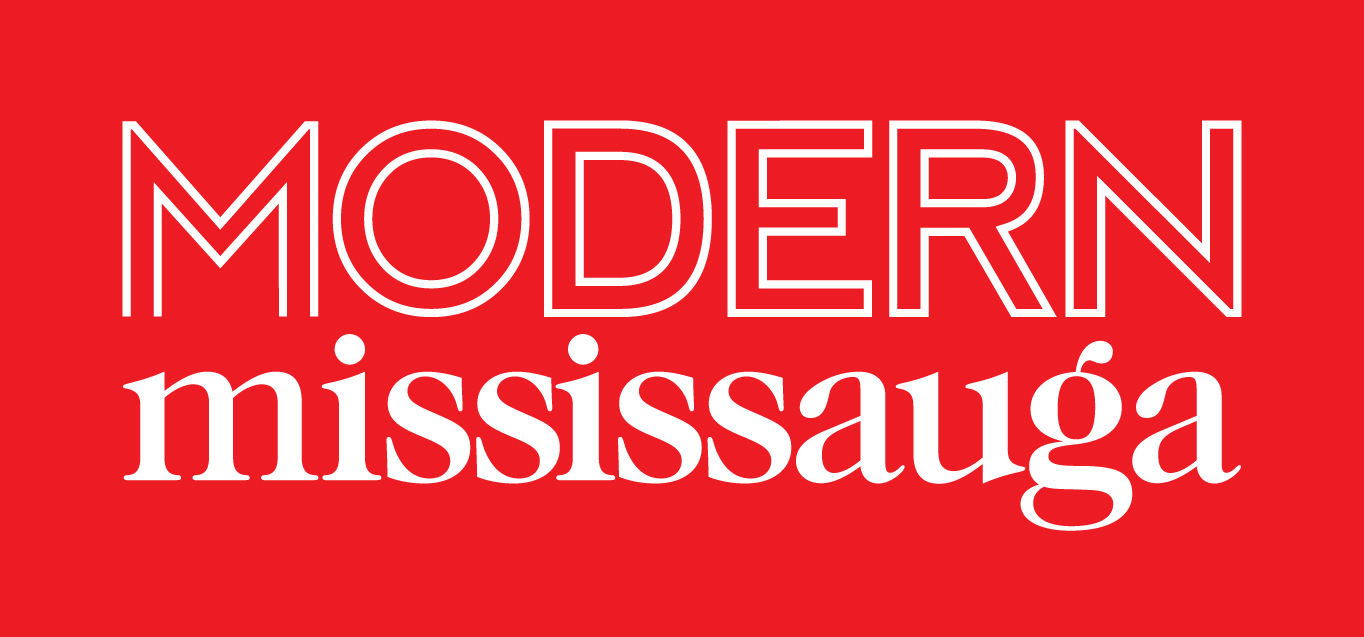Historic Ties: Cuba and Canada's Special Relationship
/While Americans spent decades dreaming of Cuban cigars and classic cars from afar, Canadians have been living the reality, sipping mojitos on Varadero's beaches and dancing salsa in Havana's streets.
This love affair between the Great White North and the Pearl of the Caribbean goes way beyond just escape-from-winter vacations—it's a friendship that's stood the test of time, politics, and more than a few interesting moments in history.
But the most important question remains: do Canadians need a visa for Cuba?
Here's the good news! Canadians get it easy when it comes to Cuban travel. No visa is required, just a Tourist Card (or Tarjeta Turística) which is valid for 30 days and can be extended for another 30 days once you're in Cuba—perfect for those who fall in love with the place (as many do…).
But enough about practicalities, let’s dive into the beautiful relationship between Canada and Cuba!
A History of Diplomatic Dance
When the U.S. slammed its doors on Cuba in 1961, Canada took a different approach. Under Prime Minister John Diefenbaker (try saying that after a few Cuba Libres), Canada kept the conversation going, believing that friendship works better than the silent treatment. How very Canadian!
And boy, has that friendship flourished. By 2019, more than 1.1 million Canadians were hitting Cuban shores annually—that's like the entire population of Calgary deciding to go salsa dancing. Even COVID couldn't kill the vibe; as soon as travel restrictions lifted, Canadians were back faster than you can say "más mojitos, por favor.”
This relationship isn't just about holidays either—Canadians mean business in Cuba. Toronto-based companies have their fingers in everything from nickel mining to energy production. Canadian know-how has helped shape Cuba's tourism scene too. Ever wondered why that resort manager perfectly understands your request for "double-double" coffee? Chances are they've been trained in Canadian hospitality standards.
The Practical Appeal
Let's be honest—when it's minus ridiculous in Toronto and Montreal, Cuba's 25°C-plus beaches start looking pretty good. At just under four hours from Toronto to Varadero (shorter than flying to Vancouver), you can leave the snow behind in the morning and be sipping coconut water on the beach by afternoon.
After decades of Canadians wandering their streets, Cubans have even picked up more than a few Canuck habits. Don't be surprised to hear a "eh?" slip into Spanish conversation, or find poutine on a menu next to ropa vieja. Some resorts even screen Hockey Night in Canada—though watching ice sports while lounging by the pool feels delightfully wrong.
Making It Work
Getting to Cuba from Canada is easy too. Regular flights zip down from major Canadian cities, often bundled with resort packages cheaper than a weekend in Banff. Most major carriers like Air Canada, WestJet, and Sunwing offer direct flights year-round, with extra routes during winter when snowbirds make their annual migration south.
Even better, many resorts offer all-inclusive packages tailored specifically for Canadian tastes—think familiar breakfast options alongside Cuban specialties, and staff who understand exactly what you mean when you ask for a Caesar (the drink, not the salad).
What’s more, Canadian banks and cell phone providers have special arrangements with Cuba, so you won't have to survive on offline maps and cash stuffed in your socks.
Swapping Snow for Salsa: Canadian Favorites in Cuba
When Canadians trade their snow boots for sandals, Cuba offers experiences you definitely won't find in Winnipeg. While you might be tracking moose back home, here you'll be tracking down the best mojito in Old Havana—quite the upgrade from ice fishing!
Instead of watching hockey players slam into boards, you can watch waves slam into the Malecón at sunset. This famous seawall transforms into Havana's living room each evening, where locals and visitors gather to share stories, music, and maybe a sip of aged rum. It's like the Rideau Canal, but with significantly fewer parkas.
Trade those chilly mountain hikes for wandering through tobacco fields in Viñales, where farmers still harvest leaves the same way they did centuries ago. The only thing that might remind you of home is the morning mist rising over the valley, but this one burns off to reveal limestone cliffs rather than snow-capped peaks.
For those used to Tim Hortons drive-throughs, Cuba offers a different kind of coffee culture. Tiny cups of Cuban coffee are served everywhere, from street corners to front porches, always accompanied by conversation and never rushed. It's like Canadian coffee culture's laid-back cousin who decided to move to the Caribbean.
And while Canadians might know their way around a maple syrup shack, Cuba's sugar mills tell their own sweet stories. Visit Valle de los Ingenios near Trinidad to explore colonial sugar estates, where you can climb a slave tower for valley views—a stark reminder of the island's complex history that feels worlds away from sugar shacks in Quebec.
Instead of watching the Northern Lights, catch the nightly cannon ceremony at Havana's La Cabaña fortress. The 9 pm ritual might not be as colorful as the aurora, but the historical pageantry and harbor views make up for it. Plus, you won't have to wear three layers of thermal underwear to enjoy the show.
Whether it's Canadians teaching Cubans about ice hockey or Cubans showing Canadians how to properly dance salsa (hint: it takes more than a few mojitos), this relationship proves that sometimes the best friendships are the unexpected ones.
So next time you're shoveling snow in February, remember—there's a piece of Canada waiting for you just four hours south, where the beer is cold, the music is hot, and they might even understand your ‘Kids in the Hall’ references!
















